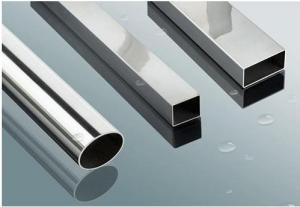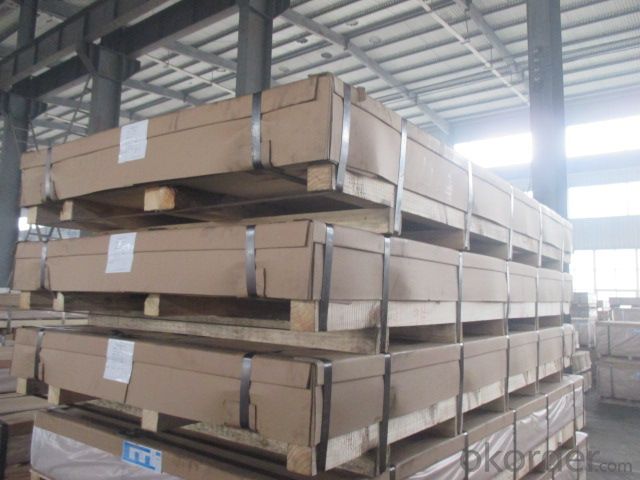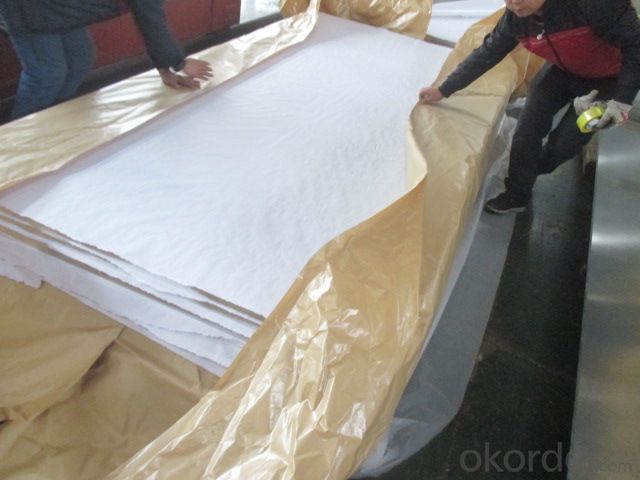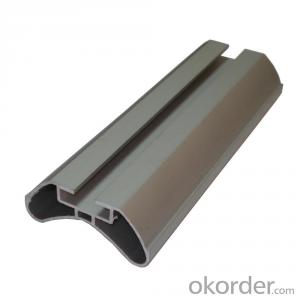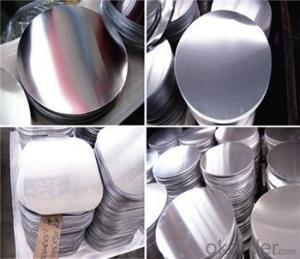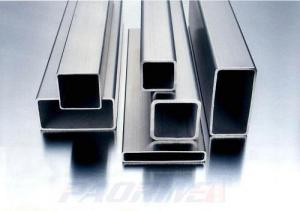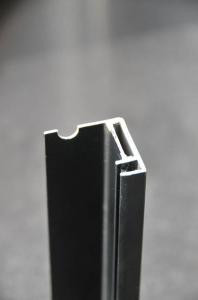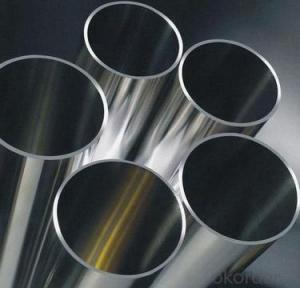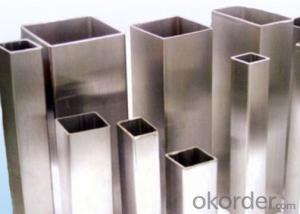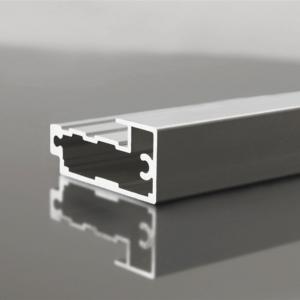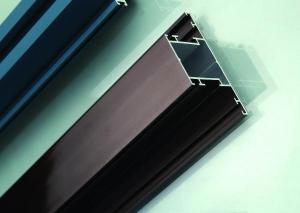T Slot Aluminum Extrusion Profiles - Aluminum Pipe, Sheet, and Plate
- Loading Port:
- Shanghai
- Payment Terms:
- TT or LC
- Min Order Qty:
- 6 m.t.
- Supply Capability:
- 5000 m.t./month
OKorder Service Pledge
OKorder Financial Service
You Might Also Like
1.Structure of Product Description
Cold rolled aluminum sheet and cold drawn aluminum plate are all widely used in the field of construction and other fields,etc.
n the field of construction field and decoration field, etc.
There are many different grades, such as: 1000 series, 2000 series, 3000 series, 5052,5754,5083,6061,6063,8011, etc.
The temper is include H14, H22, H24, H44,H112,H114,etc.
2. Main features of the product
a.Competitive price
b.Frist-Class Service.
c. Shortest service.
3. Image.
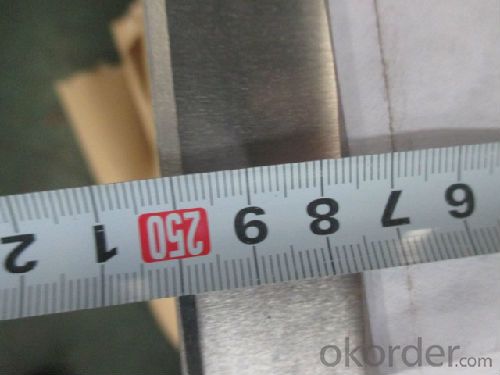
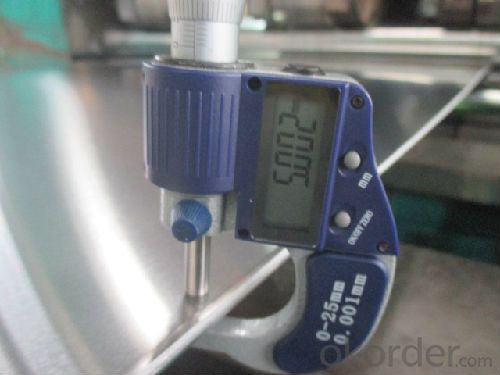
4. Product detailed sizes:
1000mm*2000mm, 1219mm*2438mm,1220mm*2440mm,500mm*3000mm, 1000*1000,2000*2000,etc.
5. FAQ:3000*3000,1500*1500mm,etc.
What is the quality standard?
---Usually our standard is GB3880-2006 or others.
What is the width range?
---It is from 1000mm to 2500mm, etc.
---Normally it is around 9000 tons totally.
Where is your client from?
---Normally it is from Japan, USA, vietnam, uae, usa,etc.
SINGAPORE, ETC.
What is your mainly products?
---Normally they are aluminum sheet, checkered sheet, mirror finish aluminium sheet, aluminum casting coil, etc.
- Q: Can aluminum profiles be used in the production of agricultural equipment?
- Yes, aluminum profiles can be used in the production of agricultural equipment. Aluminum is lightweight, durable, and corrosion-resistant, making it suitable for various agricultural applications such as equipment frames, support structures, and components. Its versatility and ability to withstand harsh environmental conditions make it an ideal choice for agricultural machinery.
- Q: What are the surface hardness properties of aluminum profiles?
- The surface hardness properties of aluminum profiles vary depending on the specific alloy and treatment. Generally, aluminum profiles have a moderate to high surface hardness, making them resistant to scratches and wear. However, compared to other metals like steel, aluminum has relatively lower hardness. To enhance the hardness, surface treatments such as anodizing or hard coat finishing can be applied, which significantly improve the wear resistance and durability of aluminum profiles.
- Q: Are aluminum profiles painted by powder or by fluorocarbon spray? How can they be distinguished from appearance?
- The biggest weakness of powder spraying is that it is afraid of the ultraviolet radiation of the sun. The long-term radiation will cause the natural fading. The face of the aluminum plate and the non bright face are obviously different in color after a few years, and the color difference is obvious for 2-5 years. Now appearing on the market name of color for aluminum, aluminum doors and windows, is to use ordinary aluminum powder coating and. Aluminum doors and windows to increase color varieties, but also to enhance corrosion resistance. Another kind of electrostatic spraying liquid spraying, also called fluorocarbon spraying called curium oil, Hongkong. Belonging to high-grade spraying, higher prices, has long been applied in foreign countries. In the past two years, it has been widely used in aluminum curtain wall. Because of its excellent characteristics, more and more attention has been paid to the construction industry and users. Fluorocarbon coating has excellent anti fade, anti frost, anti air pollution (acid rain) corrosion, anti UV ability, strong crack resistance and can withstand harsh weather conditions. Is less than general paint
- Q: What is the difference between 6061-T6 and 6063-T6 in aluminum profile?
- Alloy composition is different, 6061 of the other alloy composition is much higher than 6063.
- Q: What is the maximum length of aluminum profiles available?
- The maximum length of aluminum profiles available can vary depending on the manufacturer and specific product. However, in general, aluminum profiles can be manufactured in lengths ranging from a few inches to several feet. Some manufacturers may offer standard lengths, such as 6 or 12 feet, while others may have the capability to produce custom lengths based on the customer's requirements. It is important to consult with the manufacturer or supplier to determine the maximum length options available for a specific aluminum profile.
- Q: Are aluminum profiles resistant to mold or mildew?
- Yes, aluminum profiles are resistant to mold and mildew. The inherent properties of aluminum make it highly resistant to the growth of mold and mildew. Unlike other materials such as wood, which can be susceptible to moisture damage and thus promote the growth of mold and mildew, aluminum is not prone to these issues. Additionally, aluminum profiles are often treated with protective coatings or finishes that further enhance their resistance to mold and mildew. This makes aluminum profiles a suitable choice for areas that are prone to high humidity or moisture, such as bathrooms or kitchens, where the growth of mold and mildew is a common concern.
- Q: The latest list of aluminum China
- Lear aluminum is also good Oh, A Well-Known Trademark in China, China energy-saving innovation enterprise ten, Hebei enterprises in Handan
- Q: Can aluminum profiles be customized?
- Indeed, the customization of aluminum profiles is possible. Aluminum, being a versatile material, lends itself easily to shaping and modification in order to fulfill particular demands. Tailoring aluminum profiles involves a range of procedures like cutting, drilling, bending, welding, as well as surface treatments such as anodizing or powder coating. These diverse options for customization facilitate the creation of exclusive forms, dimensions, and finishes that perfectly suit specific applications and design requirements. Whether it is for architectural, industrial, or decorative applications, aluminum profiles can be personalized to meet individual specifications, thus establishing them as a favored choice across various industries.
- Q: Which price is expensive for aluminum profiles 6063-T6 and 6063-T5?
- 2.1 first digit: indicates the main addition of alloying elements.1: pure aluminum2: mainly adds alloy element to copper3: mainly adds alloying elements manganese or manganese and magnesium4: mainly adds alloy element to silicon5: mainly adds alloying elements to magnesium6: mainly adds alloy elements to silicon and magnesiumThe main additions of 7: alloy elements are zinc and magnesium8: does not belong to the new alloy
- Q: How do you clean and maintain aluminum profiles?
- Here are some straightforward steps to clean and maintain aluminum profiles: 1. Begin by eliminating loose dirt or debris from the aluminum profiles' surface using a soft brush or cloth. 2. Create a cleaning solution by combining warm water with mild dish soap or a non-abrasive cleaner. Avoid using harsh chemicals or abrasive cleaners since they can harm the aluminum finish. 3. Immerse a gentle cloth or sponge into the cleaning solution and delicately scrub the aluminum profiles, ensuring that all corners and crevices are thoroughly cleaned. 4. Rinse the profiles with clean water to remove any soap residue. You can accomplish this by using a hose or a bucket of water. 5. Dry the aluminum profiles entirely using a soft, lint-free cloth. This will prevent the formation of water spots or streaks. 6. For routine maintenance, you can employ a specialized aluminum cleaner or polish to restore the shine and safeguard the surface. Follow the product instructions for optimal outcomes. 7. It is crucial to refrain from using abrasive scrubbers, steel wool, or harsh chemicals as they can scratch or damage the aluminum finish. Additionally, never apply acidic cleaners or vinegar on aluminum since they can cause corrosion. 8. If you happen to notice any scratches or minor damages on the aluminum profiles, you can employ a touch-up paint specifically designed for aluminum to repair them. Follow the manufacturer's instructions for application. Always remember that regular cleaning and maintenance will aid in preserving the appearance and longevity of your aluminum profiles.
Send your message to us
T Slot Aluminum Extrusion Profiles - Aluminum Pipe, Sheet, and Plate
- Loading Port:
- Shanghai
- Payment Terms:
- TT or LC
- Min Order Qty:
- 6 m.t.
- Supply Capability:
- 5000 m.t./month
OKorder Service Pledge
OKorder Financial Service
Similar products
Hot products
Hot Searches
Related keywords
